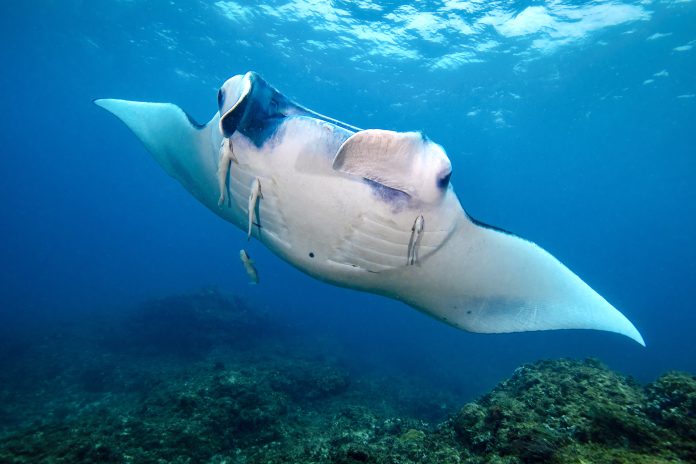
You can help all animals and our planet by choosing compassion on your plate and in your glass. #GoVeg
RELATED ARTICLES
Pressure Mounts For Arizona To Ban Dog Pack Hunting Of Mountain Lions, Bears & Other Critical Species
Conservation groups have submitted a petition to the Arizona Game and Fish Commission urging a ban on the use of dog packs for hunting...
Help Save Millions Of Lives This Holiday By Choosing Compassion On Your Plate; Adopt A Turkey Today!
As Thanksgiving approaches, we hope you enjoy a warm and safe holiday. We encourage you to make a compassionate choice by leaving animals off...
Giraffes Are One Step Closer To Receiving Vital Endangered Species Act Protections
In response to a petition and subsequent lawsuit by conservation and animal protection organizations, the U.S. Fish and Wildlife Service (USFWS) has proposed listing...
Popular stories
Featured
WAN Exclusive With Animal Place Sanctuary Which Urgently Needs To Find Homes For 6 Cows Being Saved From Slaughter In Northern California
Photos by: Marji Beach, Animal Place
What started as a heartwarming story about the rescue of two 20-year-old cows, Honey and Babe, by Animal Place Sanctuary, a nonprofit...
International News
Breaking! Sweden Shuts Down Its Mink Industry In 2021 To Stop The Spread Of COVID-19
The Swedish government held a press conference this week to announce that the mink industry in Sweden will shut down in 2021 due to...
News
WAN Exclusive With Academy Award-Winner James Reed, Director Of The New Netflix Series ‘Chimp Empire’
The compelling and visually stunning documentary series Chimp Empire just debuted on Netflix and is a must-watch story of survival. The series takes viewers...


